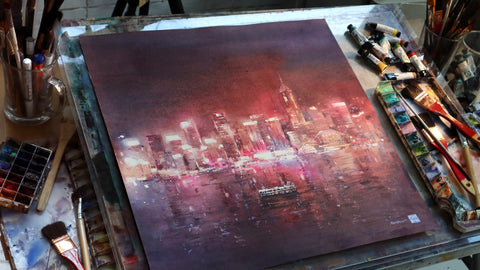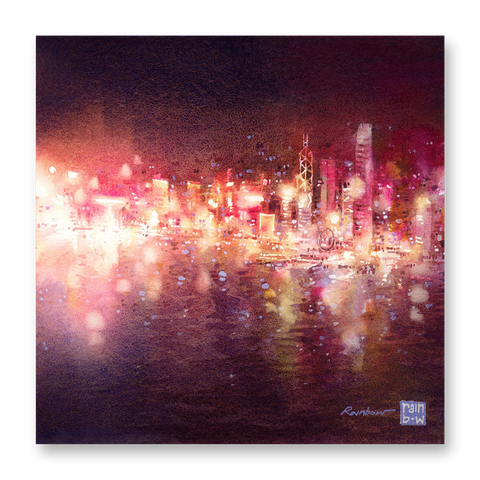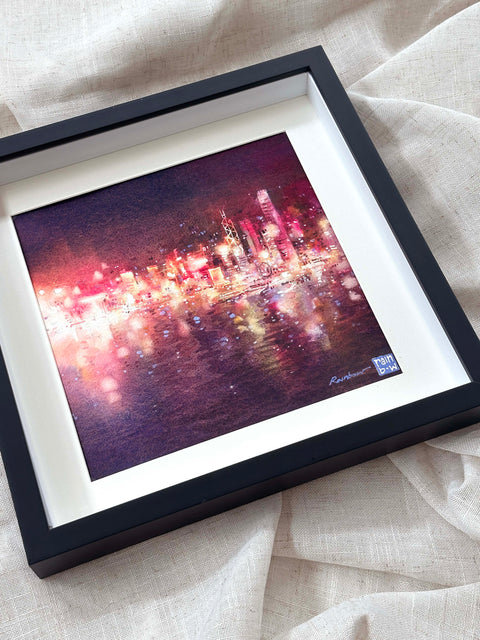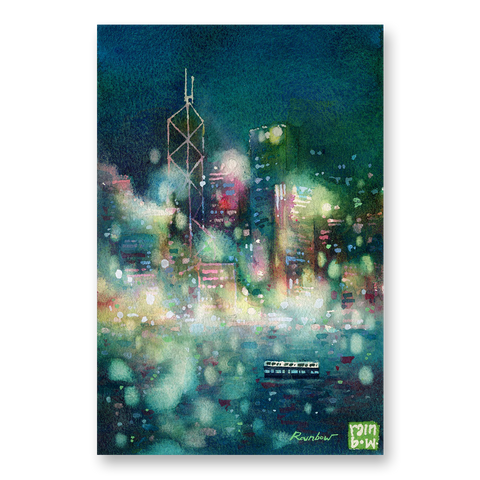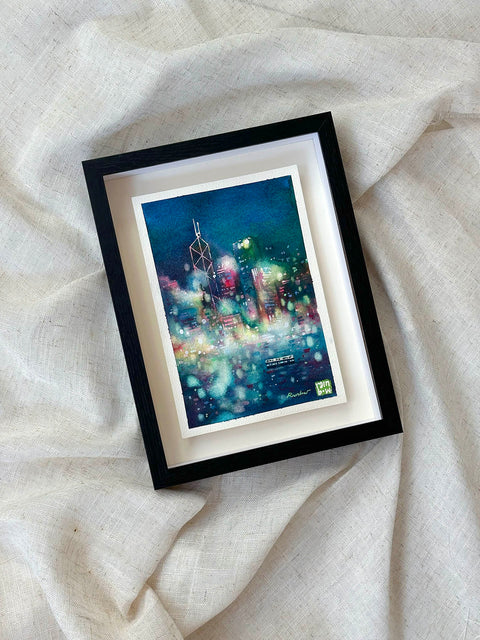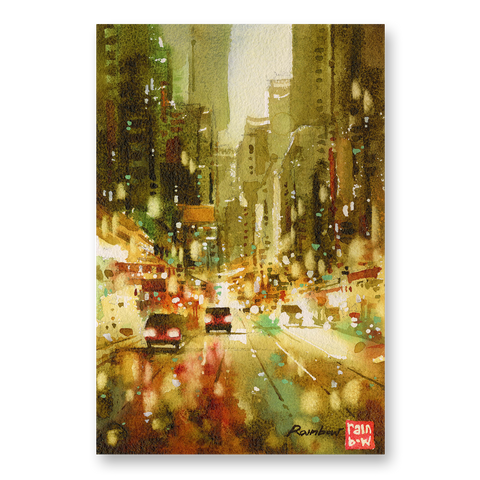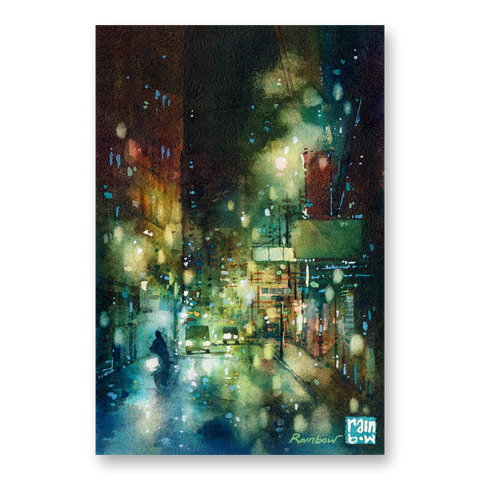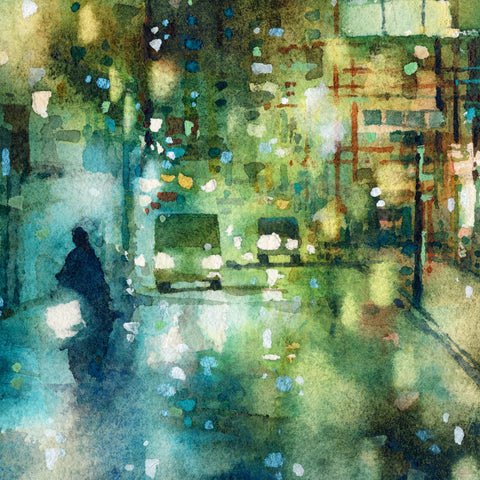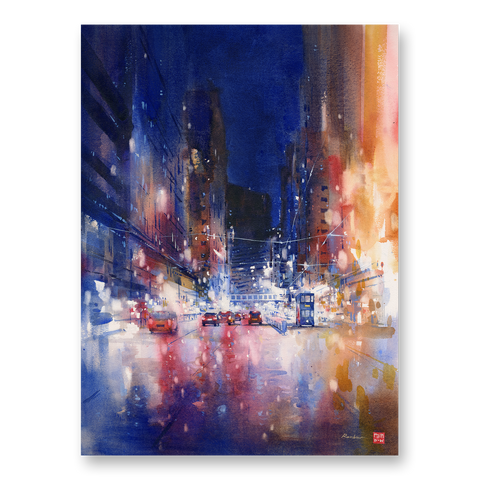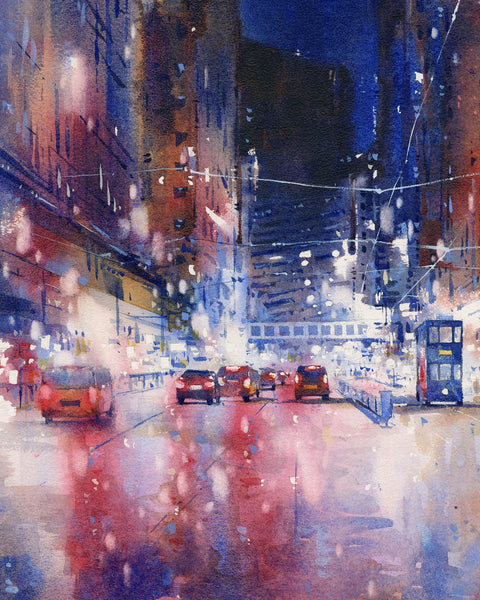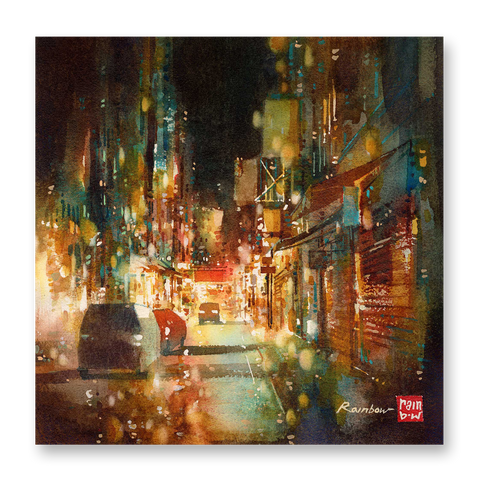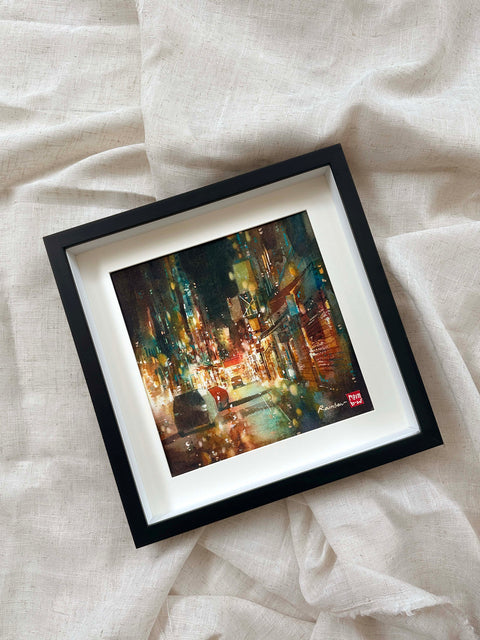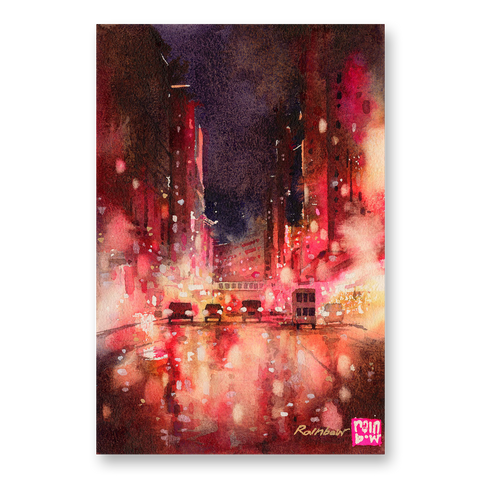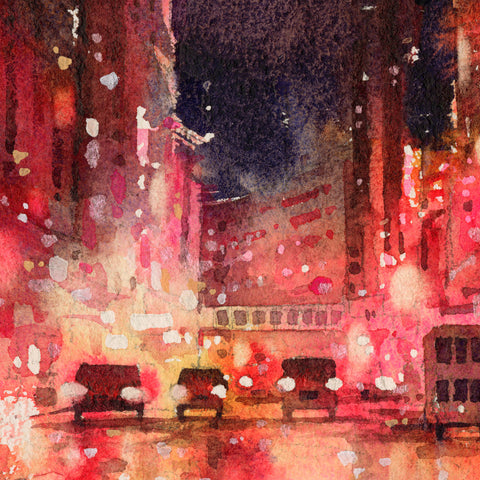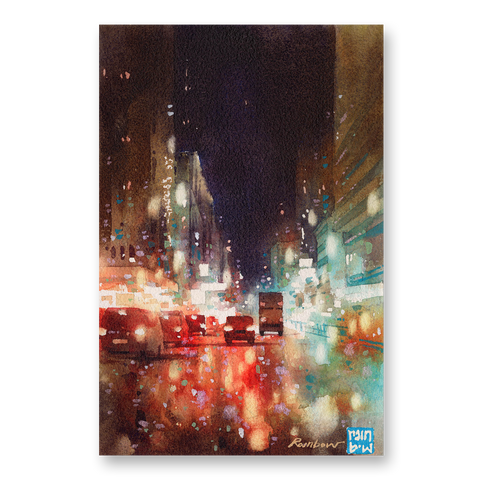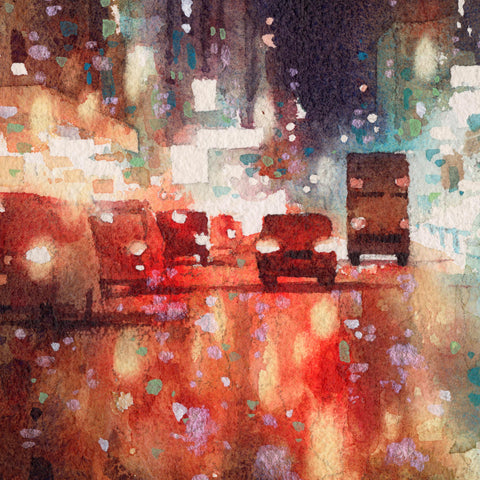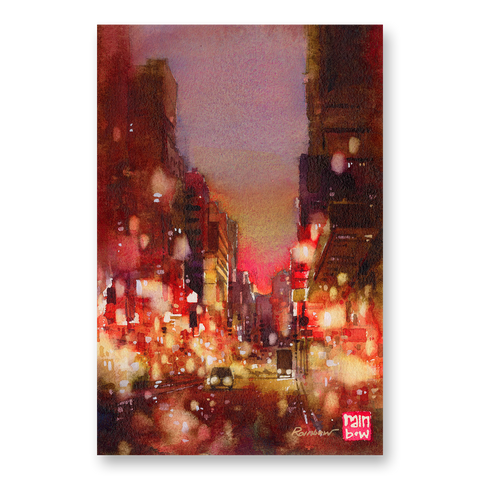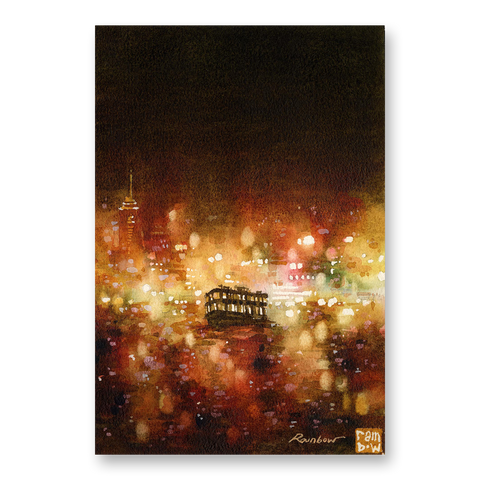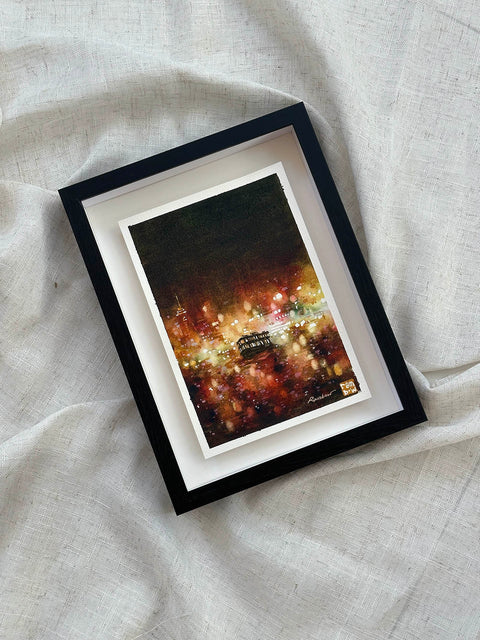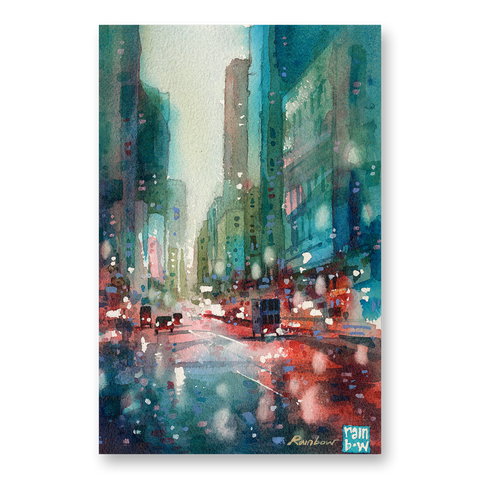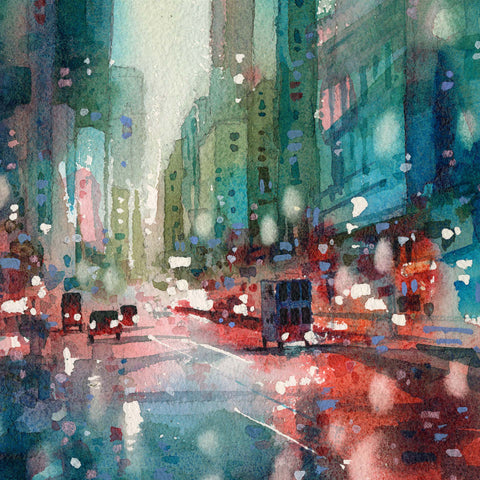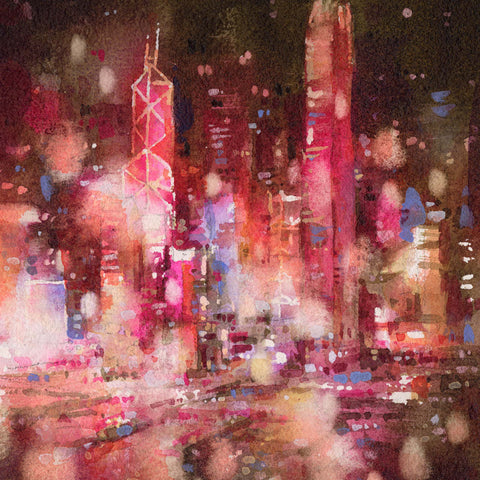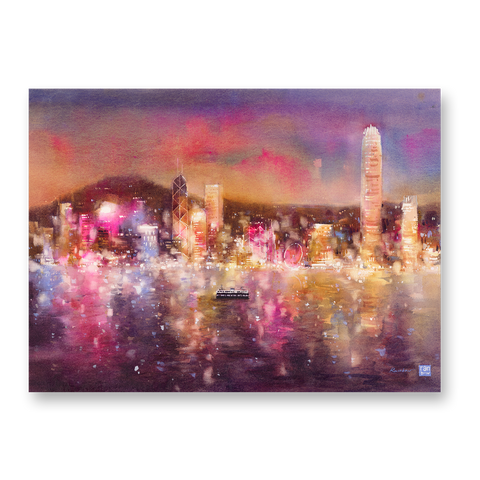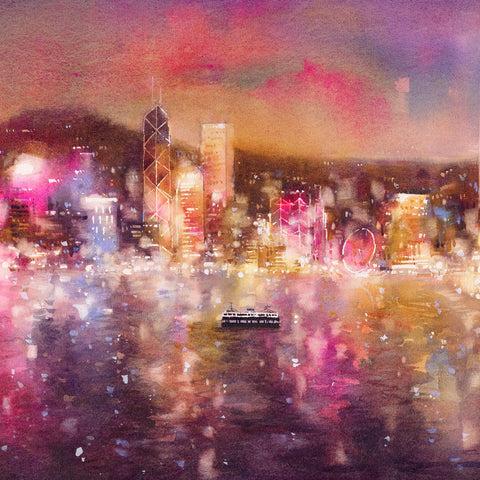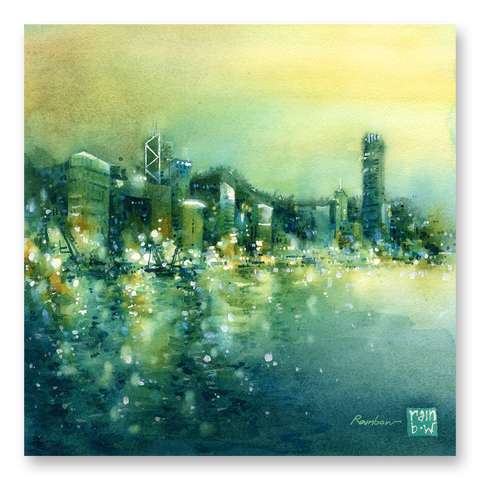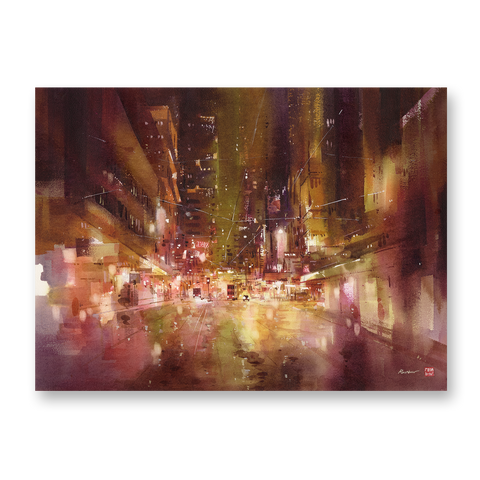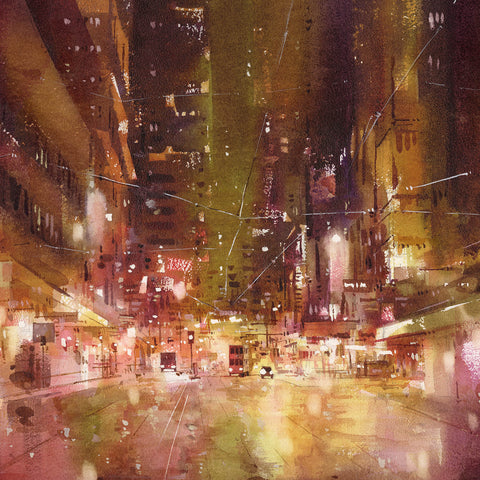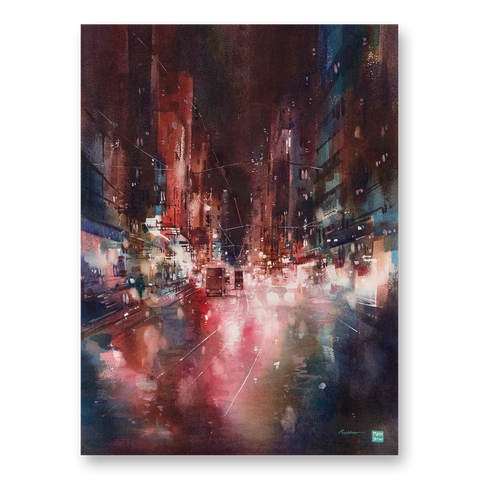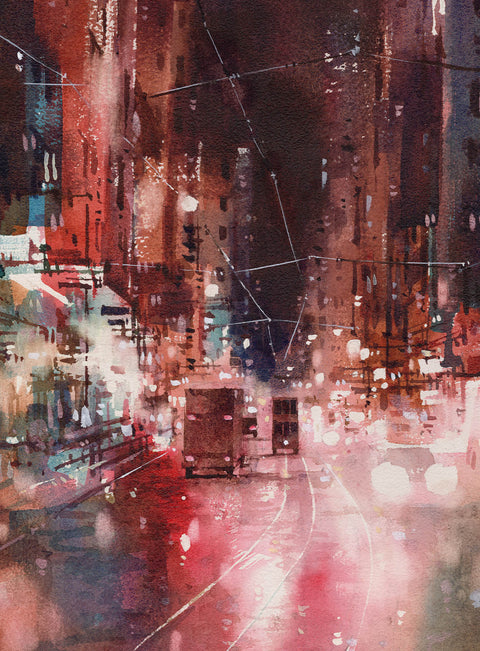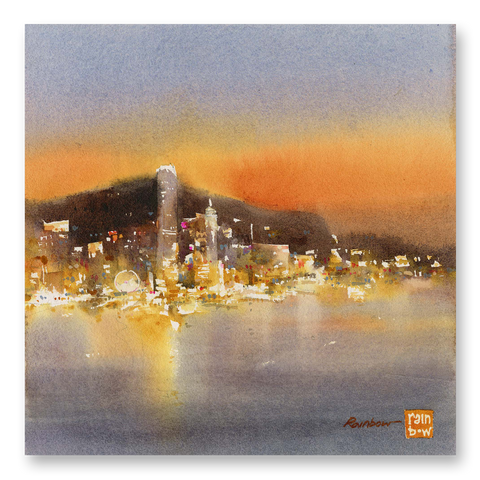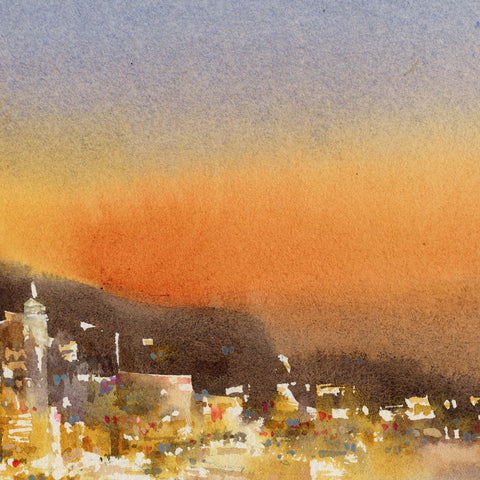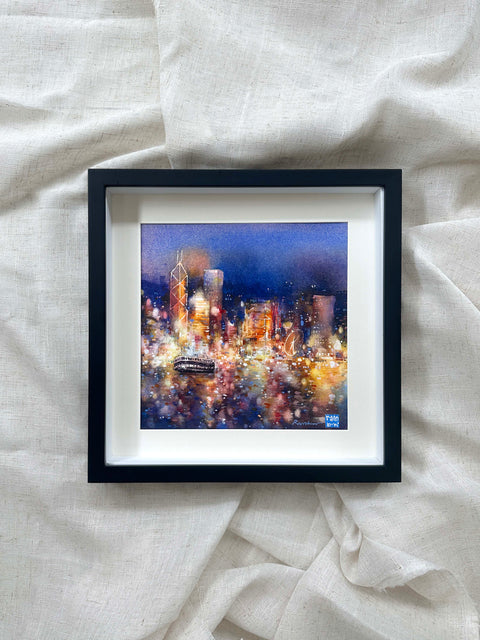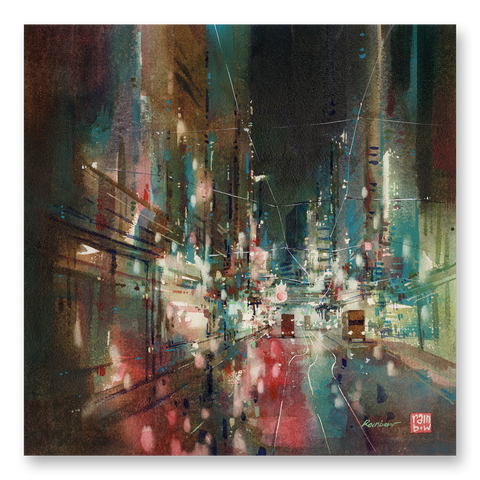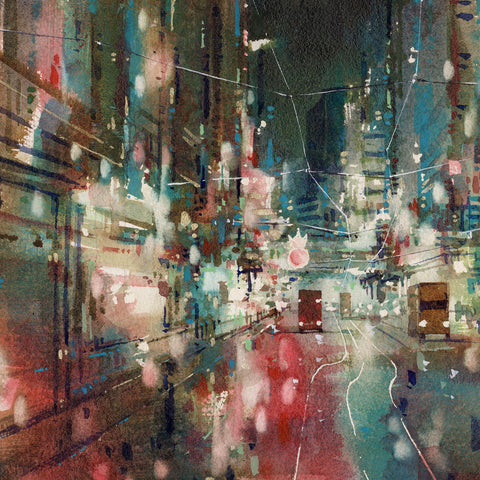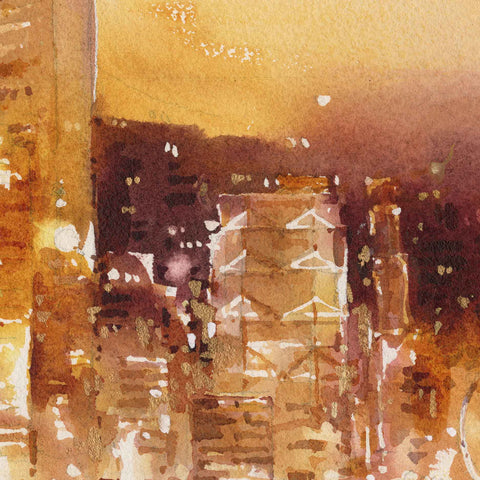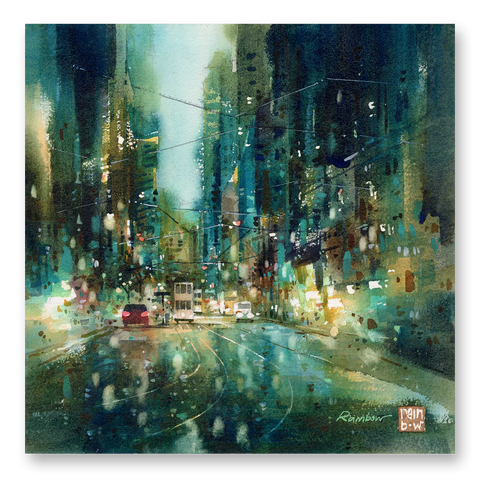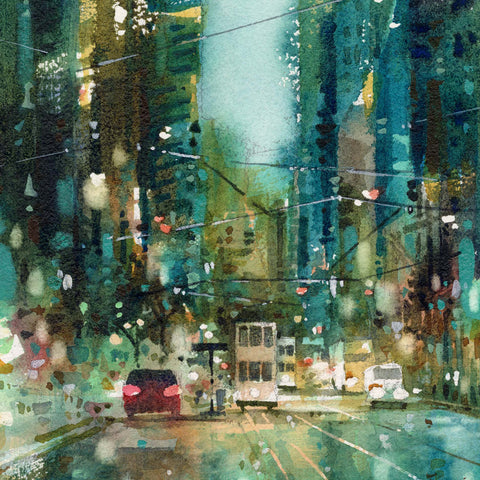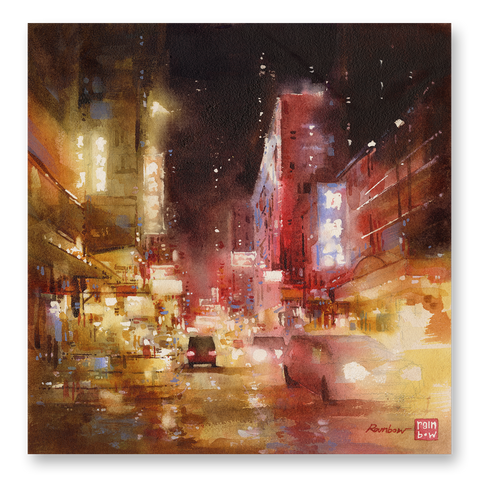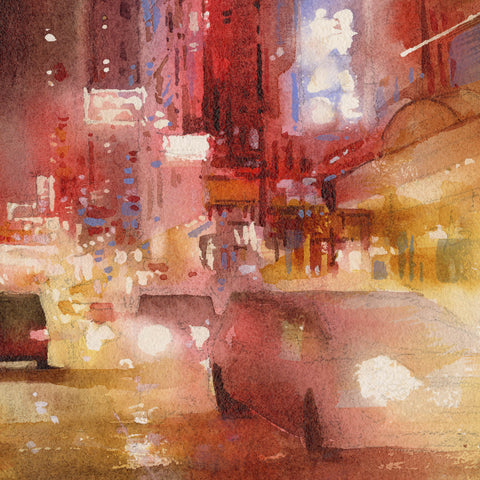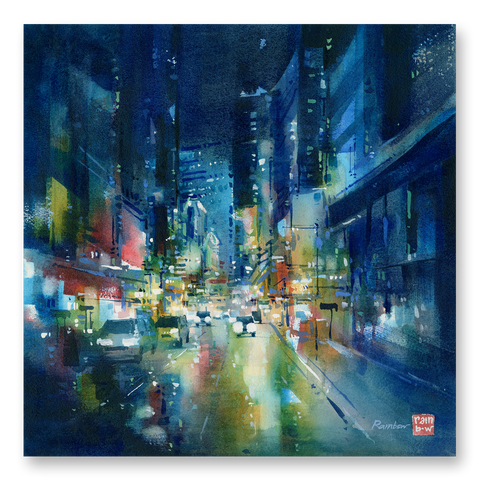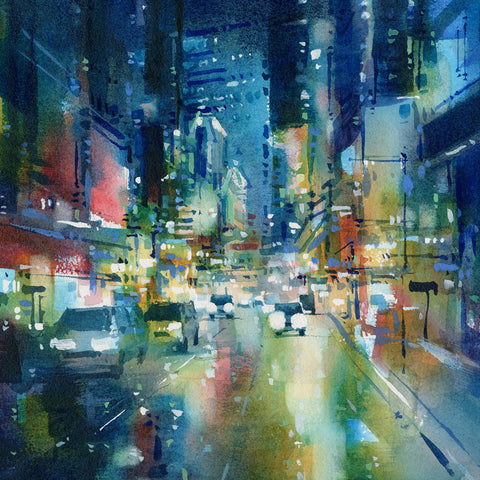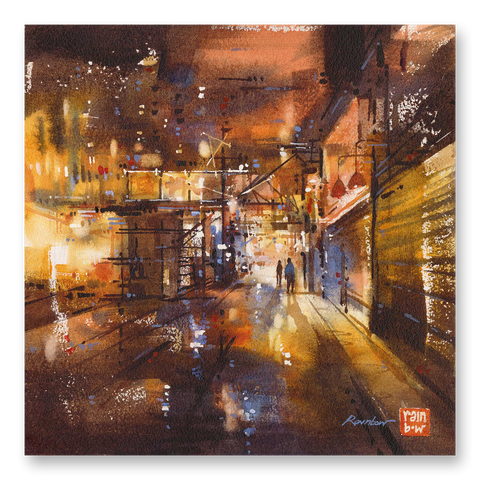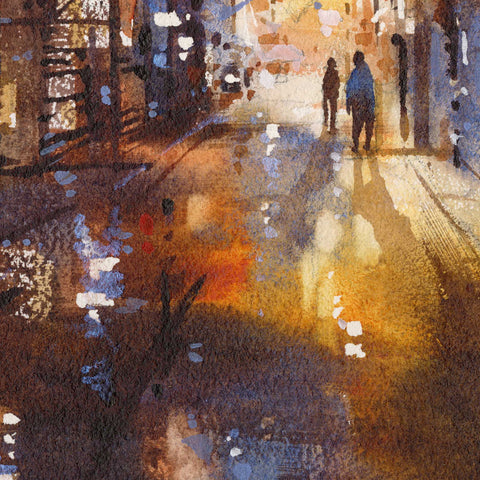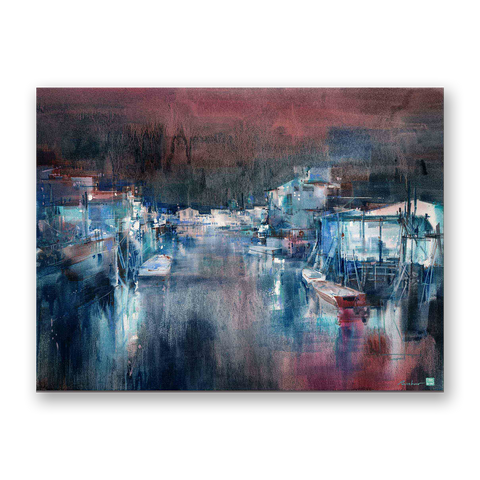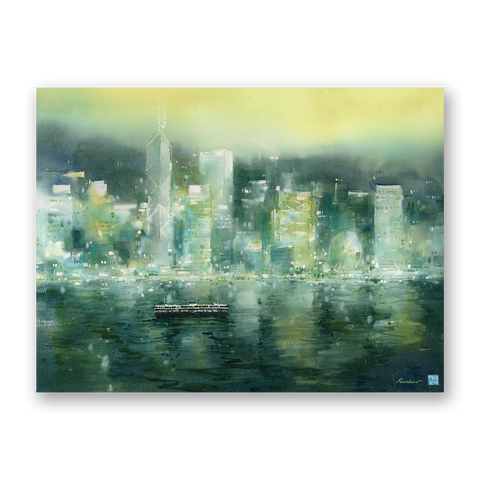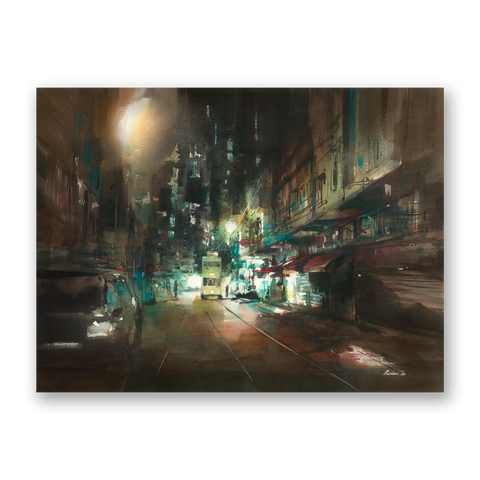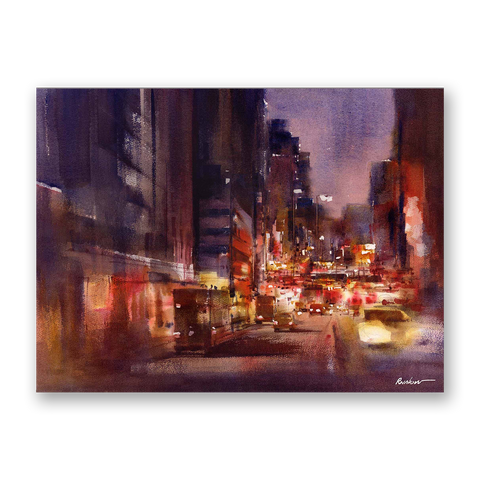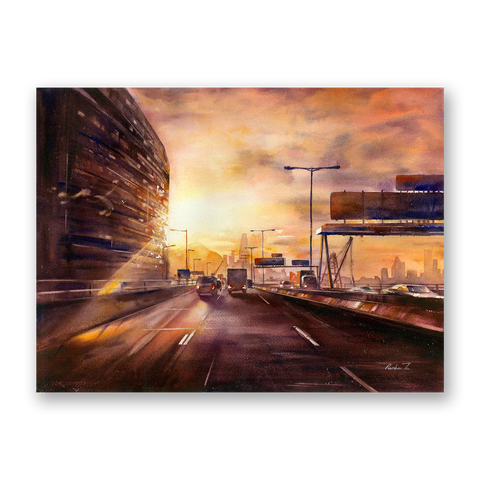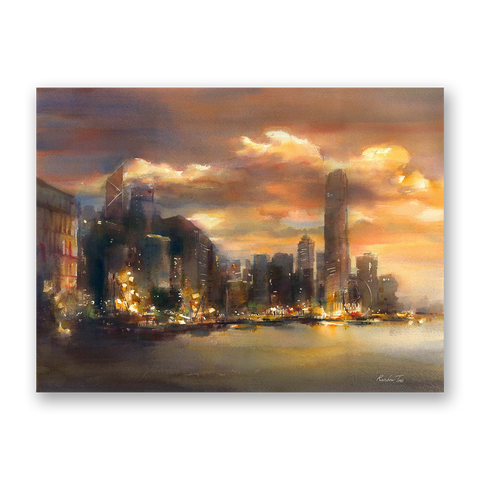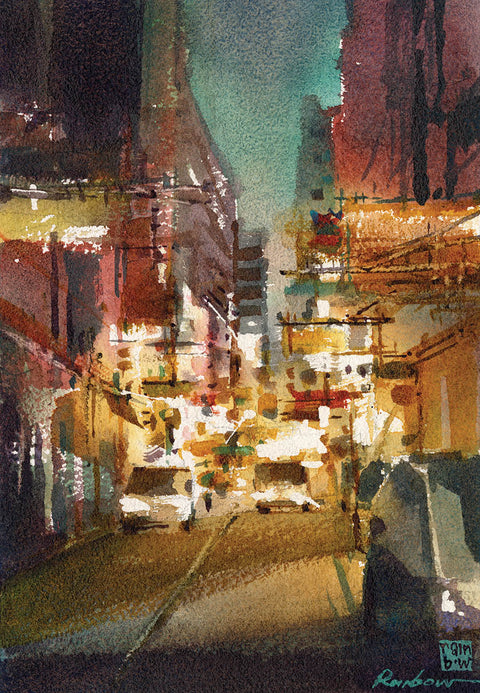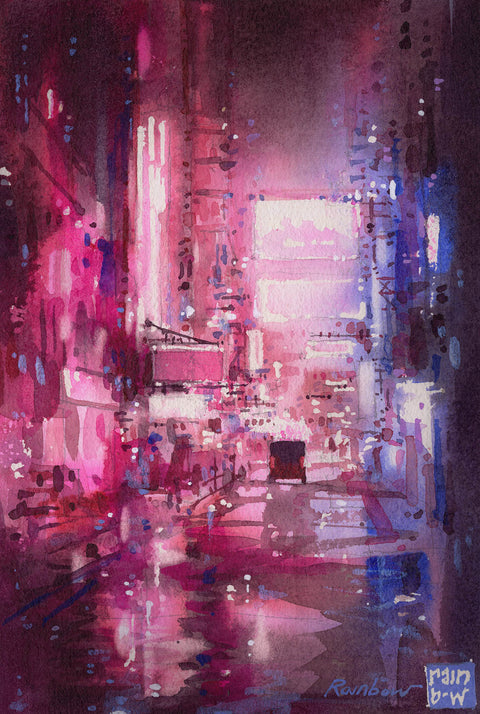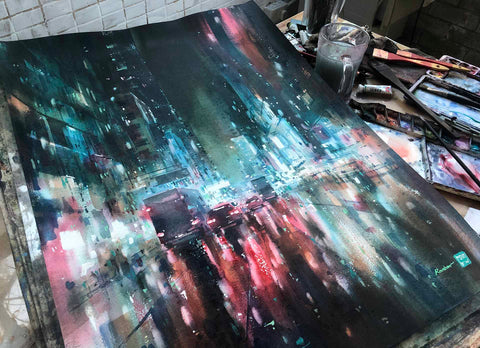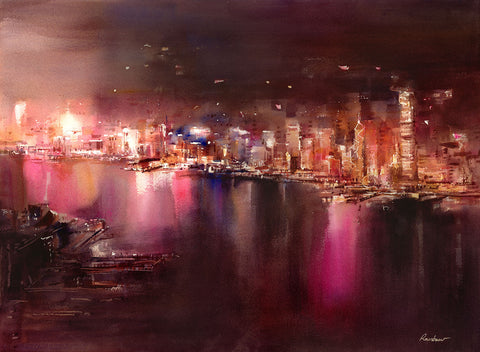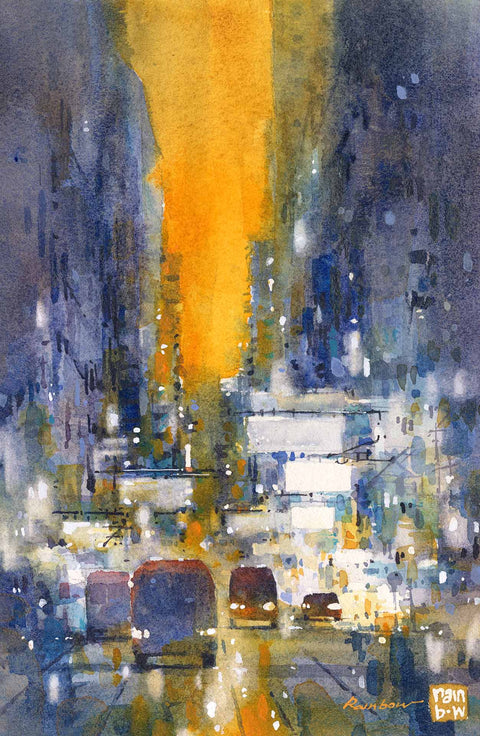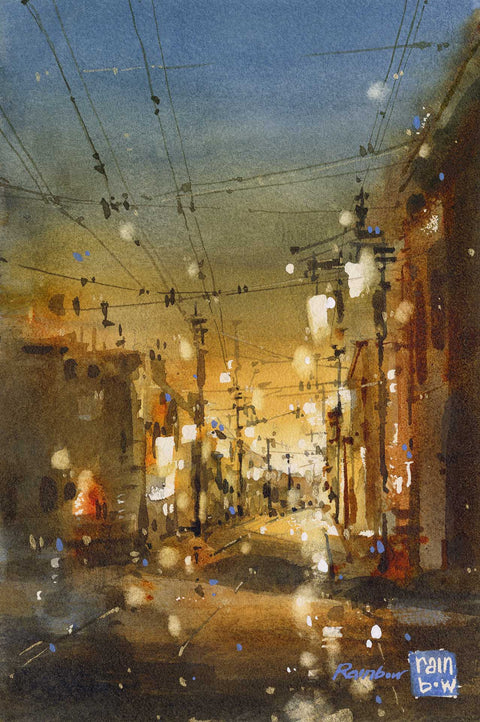The Most Important Watercolor Techniques for Beginners
When I first started with watercolor, it felt like an uphill battle. I had no idea what I was doing and the results were far from impressive. The paper buckled as soon as I put paint on it, color mixing seemed to take forever for me to get right. As I learned to master this art form over the years, I began to see the beauty in it: the way water flows, how it is unpredictable yet so beautiful.

Mastering the art of watercolor is all about getting familiar with the materials and understanding how they interact with each other. One of the most important aspects in watercolor painting is an understanding of water control. There are four essential basic watercolor painting techniques that every beginner should know: wet on wet, wet on dry, dry on wet, and dry on dry, and it is all about water control. In this blog post, we will describe and explain these techniques in detail so that anyone can begin their journey in watercolor painting with confidence.
The Water to Paint Ratio
Watercolor painting is all about finding that perfect balance between water and watercolor paint. The water to paint ratio is at the very heart of this art form, dictating the transparency, intensity, and flow of your colors. When you get it right, the results can be breathtaking - luminous washes, vibrant hues, and delicate blends. But if your ratio is off, the paint will run or streak, the colors will be muddy, and the paper will buckle. That's why understanding and mastering this ratio is key if you want to improve your watercolor paintings. It's not just about adding water to the mix - it's developing the fluency and intuition to know when you should add more water, and when you should use less.

Watercolor on paper, by RAINB.W
Dampness of the Watercolor Paper
When it comes to watercolor painting, many people focus solely on the amount of water they mix with their paints. However, the dampness or dryness of the paper being used is just as important. The balance between the water to paint ratio and the dampness or dryness of the paper is what truly brings a watercolor painting to life. This is because the paper absorbs the water and paint mixture differently depending on how wet or dry its surface is, affecting the way the paint behaves, how it spreads and dries. Having control over both aspects is crucial for achieving the desired effects in watercolor painting. In fact, the combination of water to paint ratio and dampness or dryness of the paper is what makes watercolor painting an art form that requires a delicate balance and nuanced approach.

The Four Techniques
Moving on, let's dive in to the different watercolor techniques: wet on wet, wet on dry, dry on wet, and dry on dry. These four techniques vary in their combination of how dry or wet the paper is, versus how thick or watery our paint is.

The Wet on Wet Technique (Wet paint on wet paper)
The wet on wet technique involves applying wet and watery paint to a wet surface. This technique is also called "wet-into-wet" and is often used for creating a soft and blurry, blended look. Because the paper is already wet, it allows the colors to blend and flow together beautifully when we add more wet paint over it. Esentially this is where you create multiple watercolor washes before the previous layer dries. This technique is best to use when painting backgrounds, gradients, parts of the painting where we want a more soft and blurred look.

See how the watercolor blooms. Watch the full painting process video here.
The Wet on Dry Watercolor Technique (Wet brush on dry paper)
With the wet on dry technique, you apply wet paint to a dry paper. We sometimes just call this a wet wash. This technique is often used for a flat wash, also great for backgrounds and a simple even patch of color. Because the paper in this case is dry, it gives us better control of the area we are painting. The wet on dry technique will leave a nice clean edge, unlike the wet on wet.

The Dry on Wet Watercolor Technique (Dry brush on wet paper)
Dry on wet on the other hand, is when we use very thick paint on a damp on wet paper. This technique is similar to wet on wet in that it is still has a blurry and blended effect, but unlike that it still maintains a certain level of its form.

Notice how the whole scene is still quite blurry, yet you can faintly see the form.
The Dry on Dry Watercolor Technique (Dry brush on dry paper)
And lastly, dry on dry involves using thick paint on a completely dry surface. Sometimes we just call this a dry brush technique. You can create interesting textures on your painting with this technique especially if you are using cold pressed watercolor paper or paper with a rough texture. I love the way this looks on cityscapes as it creates more of an urban, "concrete jungle" feeling to it.

Notice the interesting texture the dry brush creates towards the bottom right corner.
Its All About Water Control
Watercolor painting can be intimidating but exploring and practicing the techniques can be an important step in mastering this medium. Understanding these basic techniques in watercolor painting will enable anyone to create beautiful works of art. Whether you are a beginner or an expert, the essential techniques in watercolor painting can be used to master your painting and take it to new heights. It takes time and practice to get proficient in watercolor painting, but the journey is worth experiencing.

Related Articles:
Setting Up Your Painting Palette For Watercolor (A Beginner's Guide)
How to Paint Watercolor Sunset: Step by Step Tutorial
Additional Resources
My Online Painting Class: How to Paint Night Cityscapes in Watercolor
Painting Tutorials on Youtube: www.youtube.com/@rainbw
Instagram: www.instagram.com/rainb.w
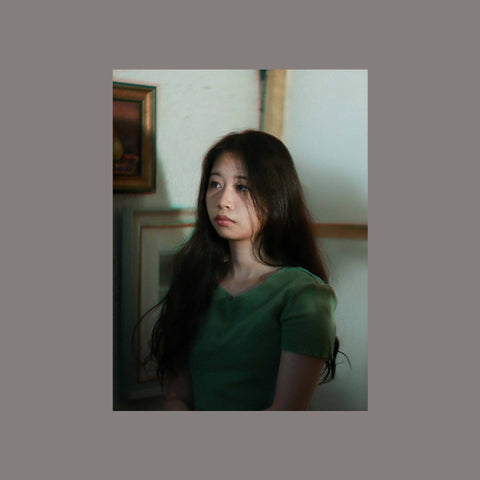
Meet the artist:
Hey! I'm Rainbow.
I am an artist based in Hong Kong. Among the various mediums with which I have worked, I found particular interest in the art of watercolor early on. I appreciated its fluid, flowing properties - it had a life of its own. The process of painting was like a dance with water; I was drawn to the movement of this medium, one that can never be fully controlled yet is wholly beautiful in its nature.
Over the years, I have created a number of series and collections exploring light and color in depicting environments and spaces. Painting has become the medium through which I ventured to see the world around me with wonder; to see the world in all its glorious beauty and serenity, with awe. In the last decade, I have been fortunate enough to share my work with others through exhibitions and workshops locally and internationally. I am honored to be sharing about my art with you here.
Here's where you can find more information about me and my work:
A look inside my painting process: On youtube
Learn to paint cityscapes with me: In my online class
Find my available original paintings: On my website
Find my art prints: On my website
Glimpses into my art practice: On instagram
Original Paintings and Art Prints by RAINB.W
Here's where you can find more information about me and my work:
A look inside my painting process: On youtube
Learn to paint cityscapes with me: In my online class
Find my available original paintings: On my website
Find my art prints: On my website
Glimpses into my art practice: On instagram
